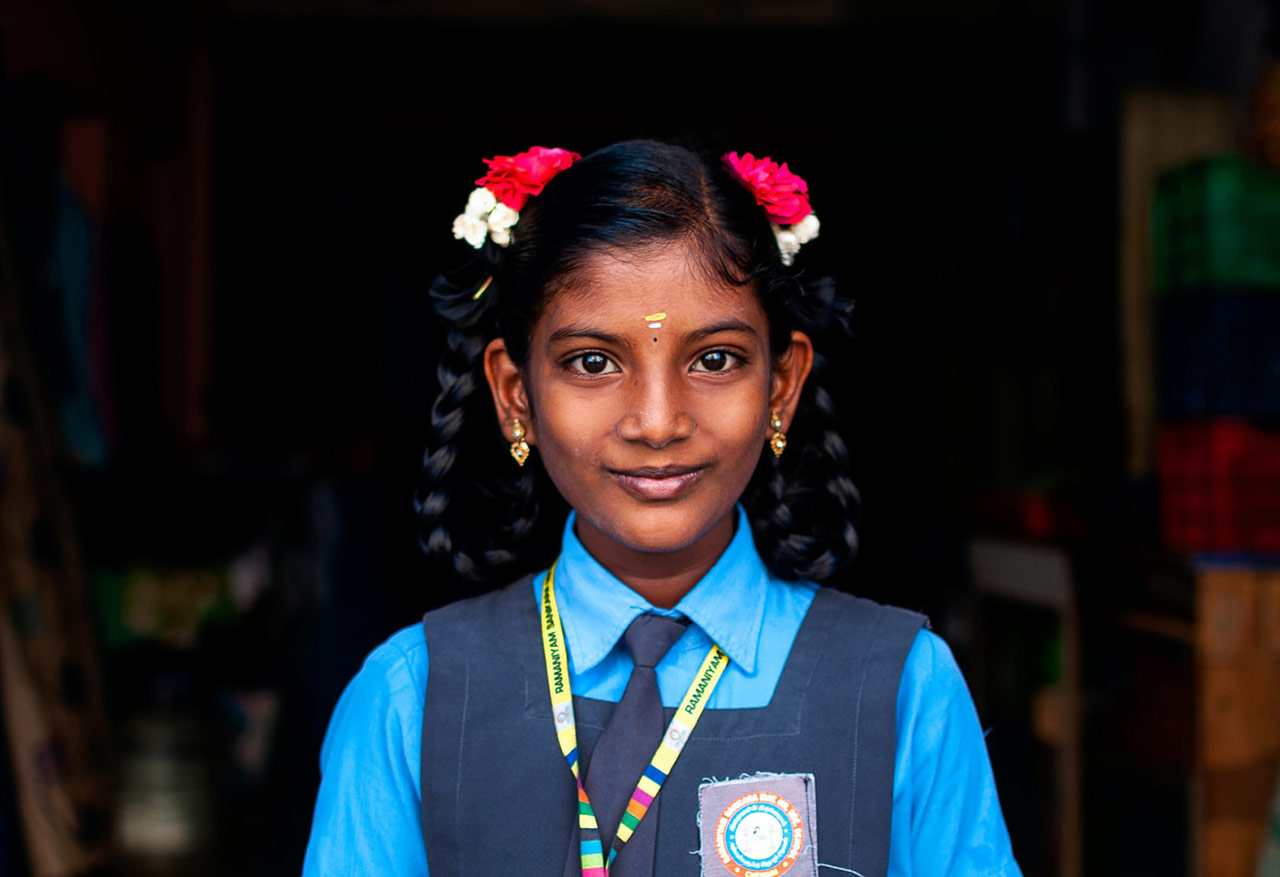
Hushed silence during assembly, skirts at knee length. Wishing the teacher a ‘good morning’ even if the encounter was not in class or standing with hands behind the back while talking to her. Using please and thank you at all times or being corrected for interchangeably using ‘can’ with ‘may’. Yes, these and more are memories of convent schools. Buildings with corridors and a chapel. A statue of Mother Mary and a basketball court.
Sisters or Fathers taking unexpected tours of classrooms and of course, the strict closing of the school gate during classes. Convent schools are a league of their own and have a distinct character that is unlike any other school or educational institution.
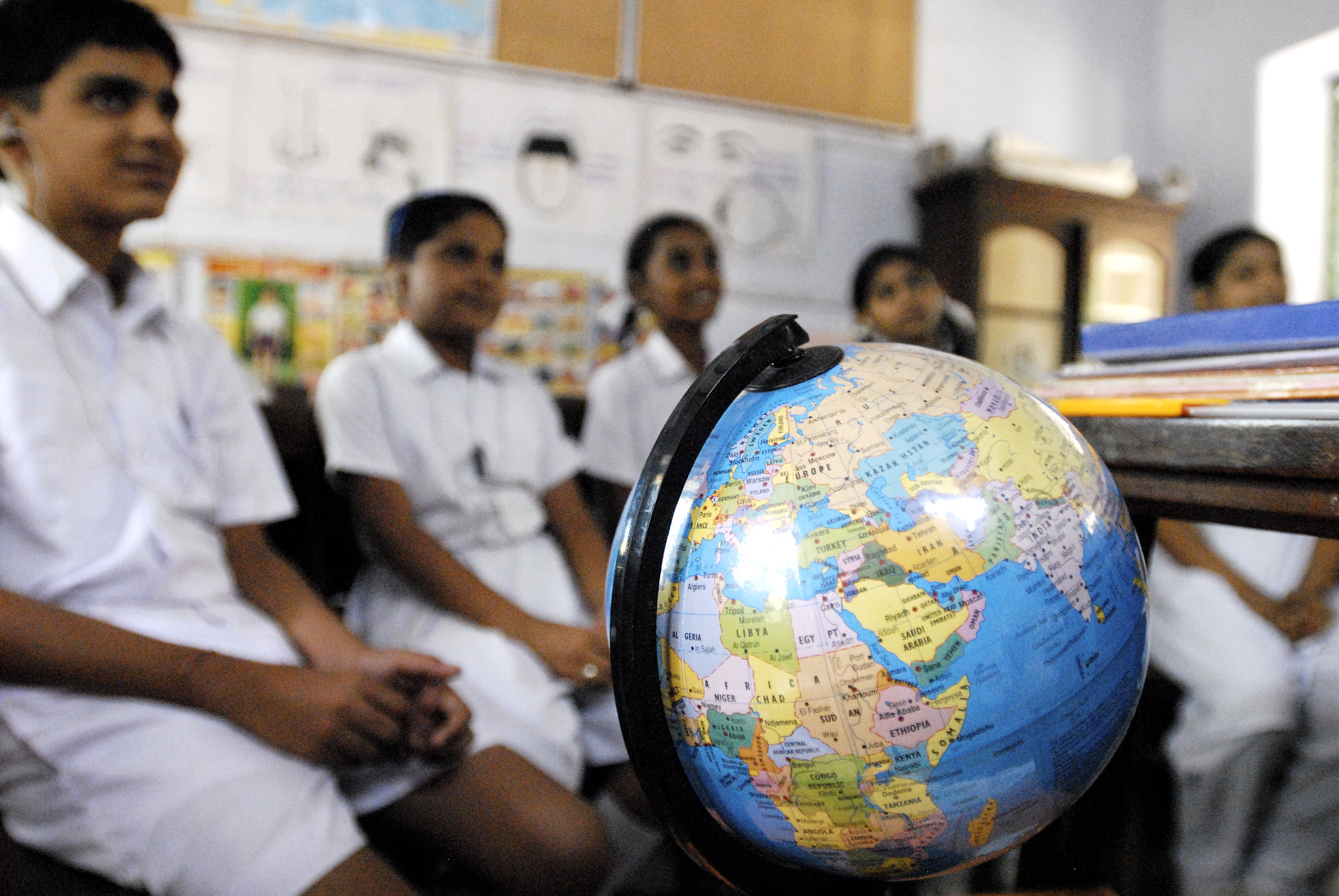
A convent is defined as a ‘community of priests, religious brothers, religious sisters, monks or nuns living together under monastic vows. However, convent schooling though based on this foundation includes much more. Anyone who is convent educated would know that convent education has always been one of the most sought after in our country. The standard and values imparted in convent schools were for a long time deemed as one of the best though in recent years the quality of convent education has been on a slight decline.
Yet, when one thinks of convent education several typical approximations come to mind. And hence there is a distinguished difference between English medium schools, private schools, state schools, and convent institutes. Each has its flavor, its peculiarities that make them stand out from others.
What is convent education?
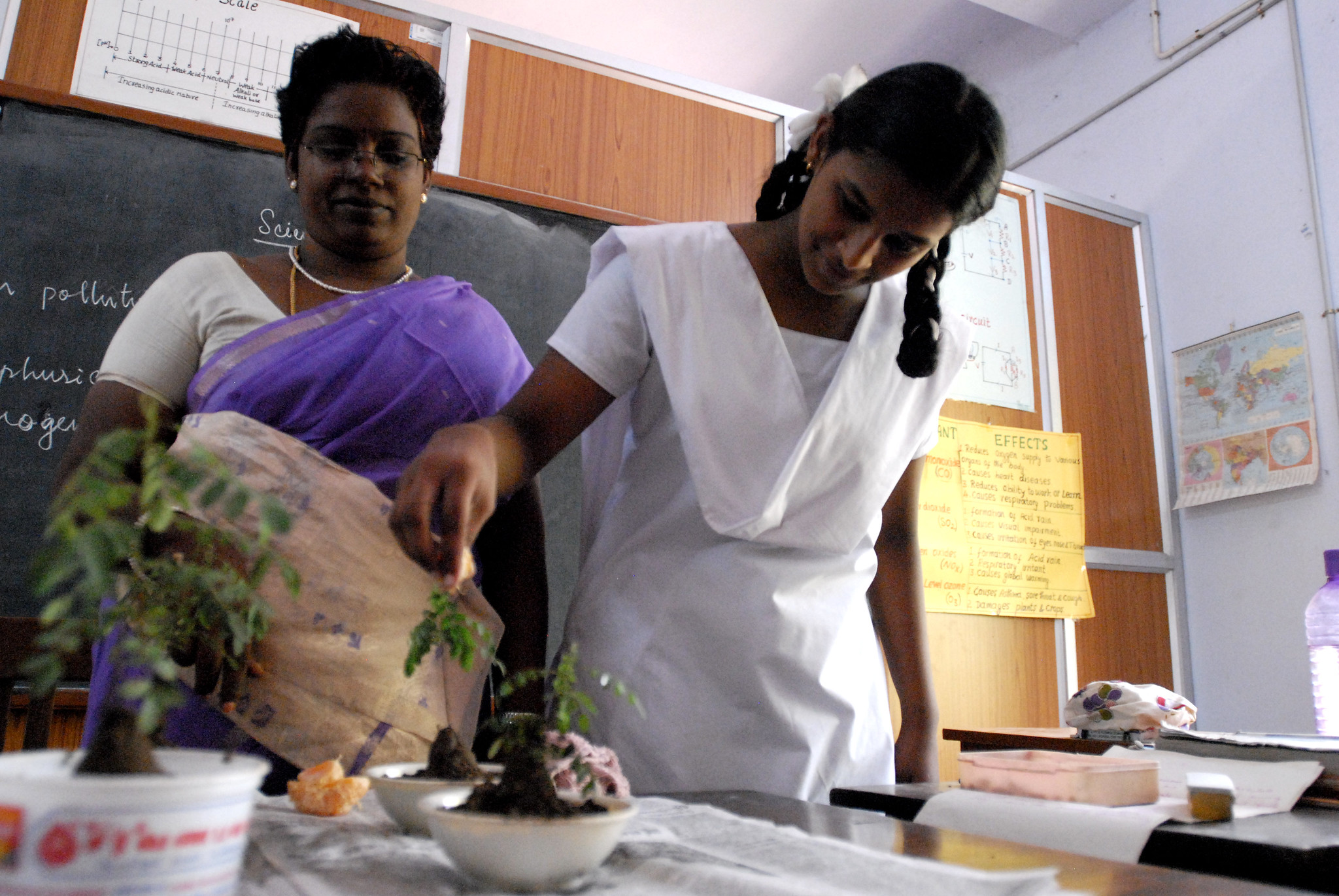
Off late a lot of schools have names that sound like a convent-based education system but in reality, are not. For example, a few schools have been named after Saints though they are not run by nuns or priests. These are in fact, either Christian schools or sometimes private schools capitalizing on their names as convents.
So which schools or institutions can be categorized as convents? Just as its definition, convent institutions are run by religious sisters or brothers and usually headed by a superior. There is a religious element seen in various ways, such as the Catholics and Christians have a Catechism period. During the religious classes, the other children attend moral science or moral value classes. Hymns are sung and Christmas and Easter are celebrated with much enthusiasm.
However, besides these very basic religious nuances, convent schools are in fact, very secular. Most of them are government aided and hence a mixed crowd of students, hailing from different cultures, social strata, and religions come together to study and learn.
The religious and social connect
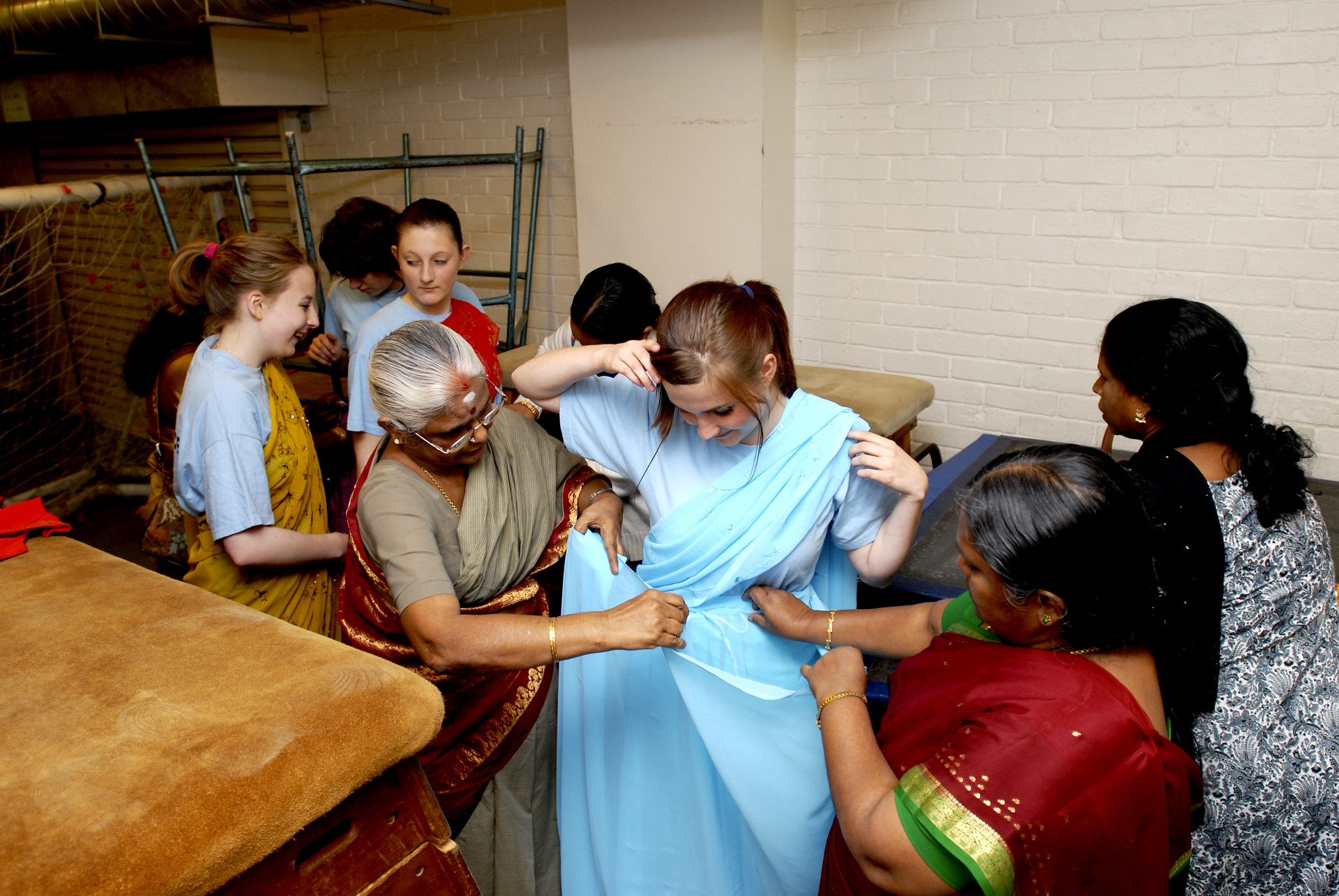
Yet, a few recent incidents as reported in the media do point fingers at how convent schools are trying to convert teachers and students. These charges have been vehemently denied by the convent institutions. Of course, in convent schools, the morning prayers begin with a hymn or prayer to the Lord. Yes, students learn carols and often take part in the Nativity plays too. However, one cannot take away the fact that these manifestations of religious fervor are rarely harmful.
Most often these are a great way for non-Christians to observe and understand a culture that they might not be familiar with. Having said that, other festivals are also celebrated in convent schools, there are cross religion references, and children are encouraged to learn and adapt to the national and regional influences. I say this because I remember with complete clarity how an Irish nun who happened to be our Principal in school, took pains to teach us the right pronunciations of the Indian National Anthem.
I remember how every morning during assembly, she stood resolutely on the mike and made us all recite one line after the other to get the diction of each Sanskrit word right.
There are also myriad other things that make convent schools just more than religious sentiment. Religious values help in social upliftment too. For example, a lot of convents believe in admitting children from underprivileged homes.
Even though they might restrict it to a certain community, at least these children get a chance to go to a regular school which otherwise would be out of their reach. Also, in many schools, including mine, there was a shelter for children, where they lived and were educated. We from regular classes would take turns to teach these children too.
Is convent education slipping?
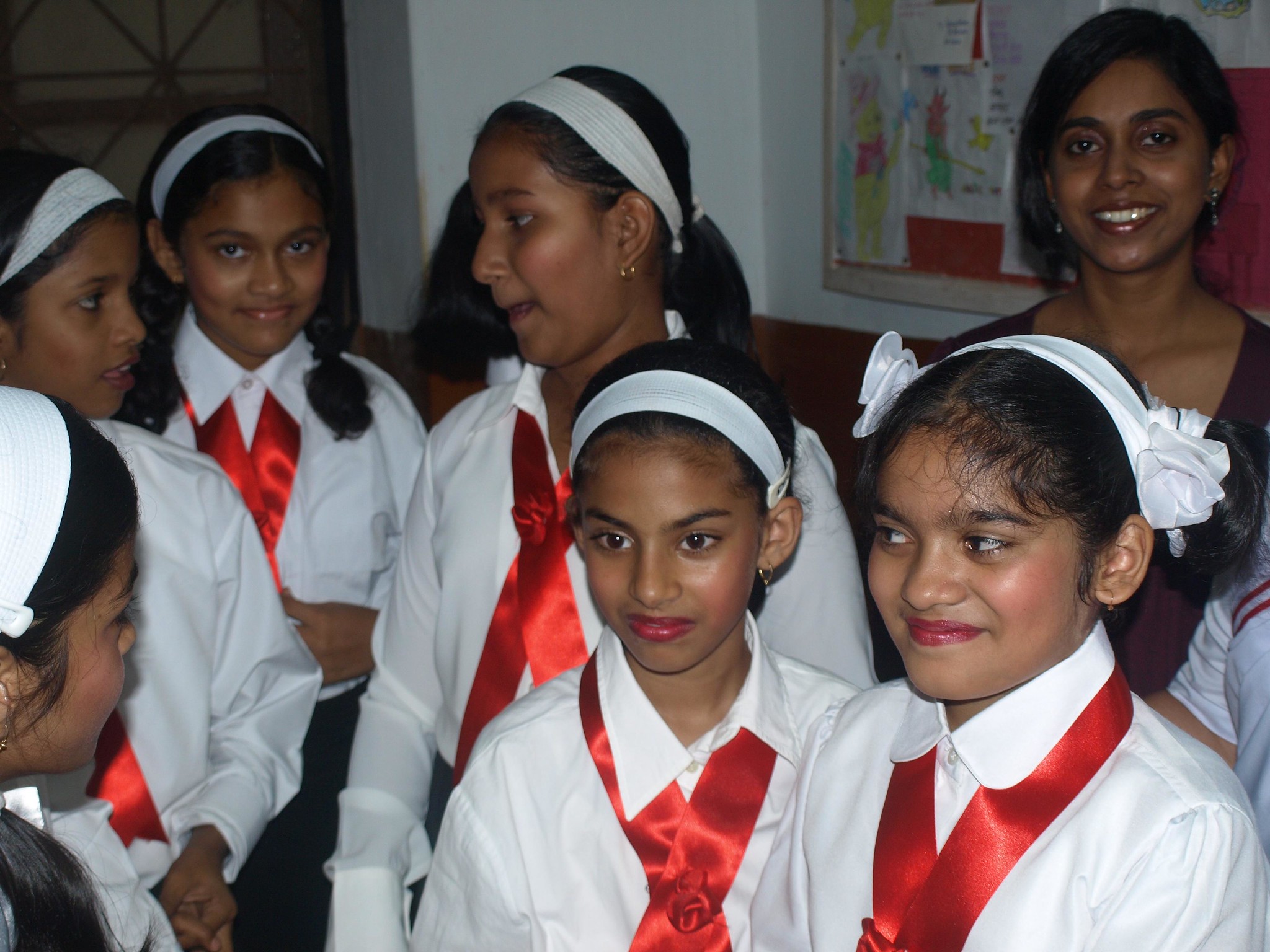
With several educational institutions rising in cities the charm and attraction of convent education are decidedly slipping. Around a decade or two back, convent institutions were coveted. It was the hallmark of great literacy, as well as value education. I look back and proudly say that I am convent educated. The nuns that headed our institution were stern, but they helped shape the personalities of hundreds of students. Whether it was the all-boys or all-girls schools, the quality of education was top notch. The teachers were efficient, the system worked smoothly. However, most importantly, education was not centered on scores and marks alone. There was an immense emphasis on character building too.
Then why is convent education finding it hard to retain its hold in recent times? There are different reasons and perhaps they are all true. The fact that convents have always liked to stick to the protocol could be one. In such dynamic times, it is imperative to keep pace with technology. Many convent schools have held onto the past teaching methods a tad bit too late.
Also, the quality of faculty can be cited as a valid reason. The Irish and Indian nuns of the past had authority and character that perhaps is hard to match by the current heads and members of faculty. Also, changing times not only limit the use of technology but also a different approach in handling and managing students. The relationship between students and teachers has also changed with kids more exposed to concepts and ideas than they were earlier.
The clashes with strict authority and rules besides the stringent measures of boundaries and regulations have made parents and students prefer private educational institutions as they happen to be more flexible.
The questions of authority and rules are however debatable. One would not want to increase intelligence at the cost of behavior. But again, a generalization is perhaps not the answer here. Not all convent institutions are going downhill. And institutions are but a product of the people that run and manage them.
Convent characteristics
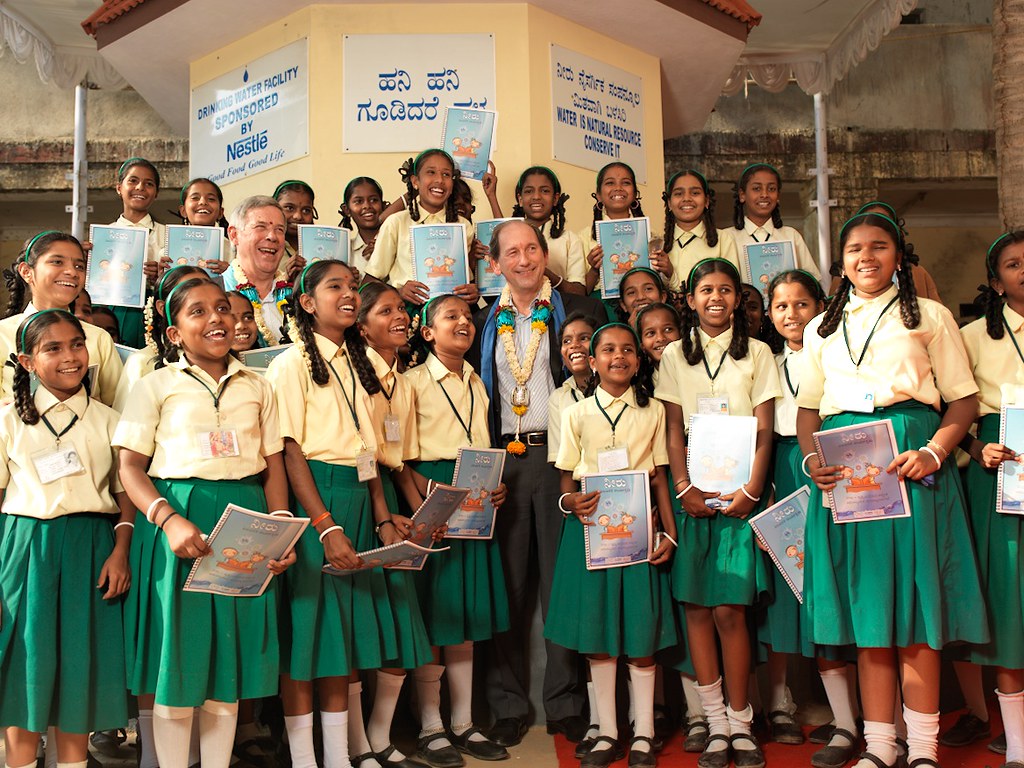
Whether it is the late marking in the diary even if late by a few minutes or sudden bag checking to see if there were no objectionable items are nostalgic memories that I carry from my school. Moral value classes seemed unnecessary to us, but today I cannot help being thankful for them. The fact that an entire period was dedicated to imbibing values is something that we can carry forward in our times today. And then there were the arts. A dancing period where I was hopelessly taught classical dance moves. The singing period in the hall where stood a large piano on which sat our singing teacher humming in her soft voice. The SUPW period where we learned stitching and crafting. Again, a lot of critics point it out as submissive learning for women alone, but I do disagree here. Learning how to embroider is not an anti-feminist act. Especially, when we were also taught basketball, kho kho, and other male-dominated sports as well!
Conclusion
Perhaps it is my convent education, that even if today I happen to bump into a teacher, the first thing I would do is wish for her. Wishing her good morning or afternoon not out of force or compulsion. But with genuine respect for starting a conversation. We don’t put our legs on tables let alone the cross boards under them. We respect the value of community service, of organizing fates and newspaper drives. We still believe in jumble sales and the importance of polishing our shoes. Grammar was important, etiquette even more.
But all in all, convent education with all its pros and cons has etched a mark on the education system in India. With all its distinctions and drawbacks, those who have studied and passed out from these institutions, continue to remember them fondly and with a lot of respect and dignity. At least, I do, and that perhaps is an important standard of its impact on the lives of its students.






Well written..took me back to my school days. Really appreciate your views about convent education. I totally agree with you regarding the discipline and etiquette we got embedded in us deeply due to all the strict standards of our schools.
Kudos
Thanks Kalpana!
What about the anti-Hindu policy and behaviour of these convent schools, and Irish nuns? Is that communal, or no? Is it just ‘communal’ when Hindus do something that could be interpreted as anti-minority?
India in the 19th century and first 2 or 3 decades of the 20th century, probably needed that push and shove into the modern era. The convent schools, Irish nuns and friars were part of the modernisation that India undertook in those times. It can be said to have been both progressive and necessary.
But to rely on convent schools and Irish nuns in this day and age, the 3rd decade of the 21st century, is absolutely pathetic and disgusting. India should have grown by now. And besides which, stories are coming to light about these schools and their not so secular behaviour. You cannot be anti-Hindu in India. You shouldn’t be anti-Hindu in any country, but to do it in India is absolutely revolting.
Gratitude is an important value. This nice piece reflects that value. I owe a debt of gratitude to my initial convent schooling. Many of your reminiscences recall my own school days, when we were taught by Irish brothers. These are fraught times when the best intentions are suspected. This too shall pass.
Thank you N.V. Sir for your views!